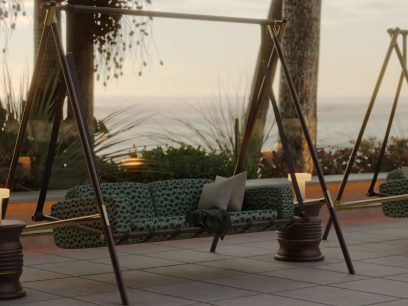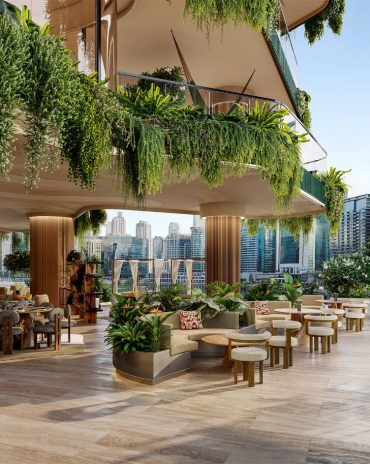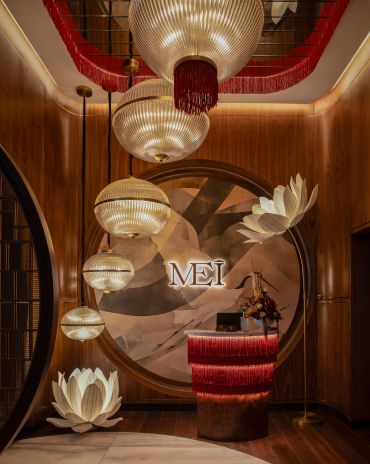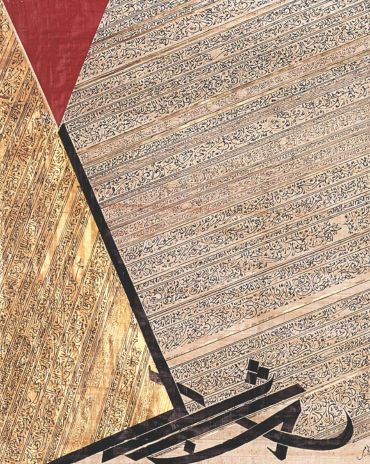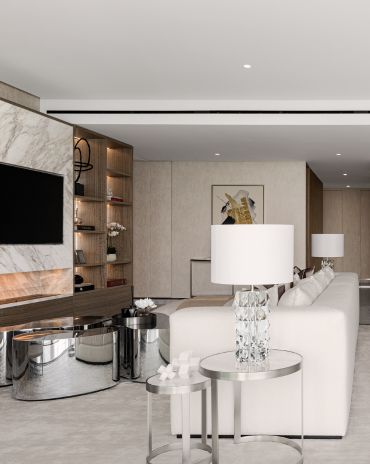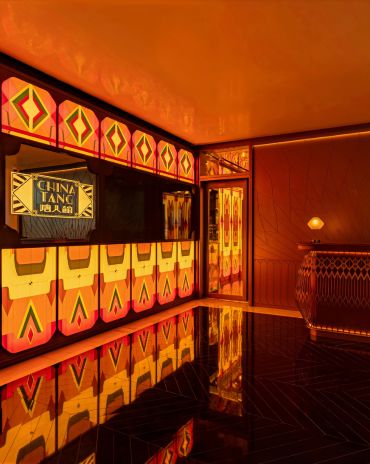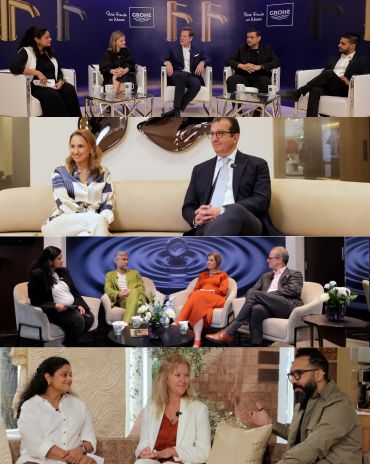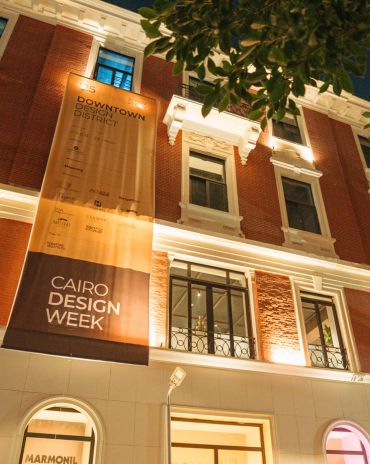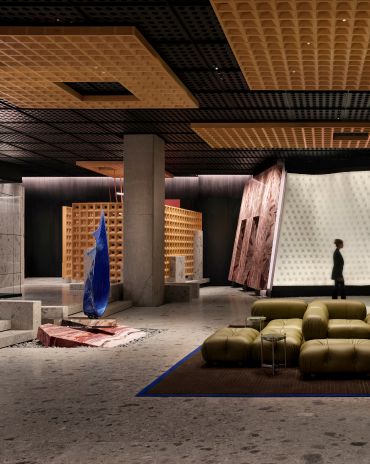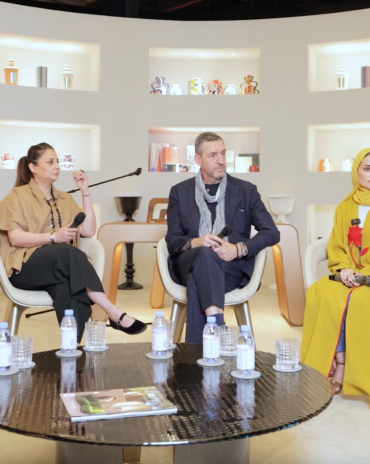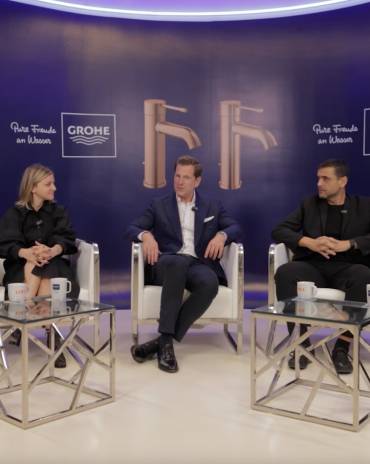Copyright © 2025 Motivate Media Group. All rights reserved.
Design duo Ali Gallefoss and Nebil Zaman set up NIFE to focus on collaborative practices
The designers hail from diverse design backgrounds including furniture, sculpture and fashion
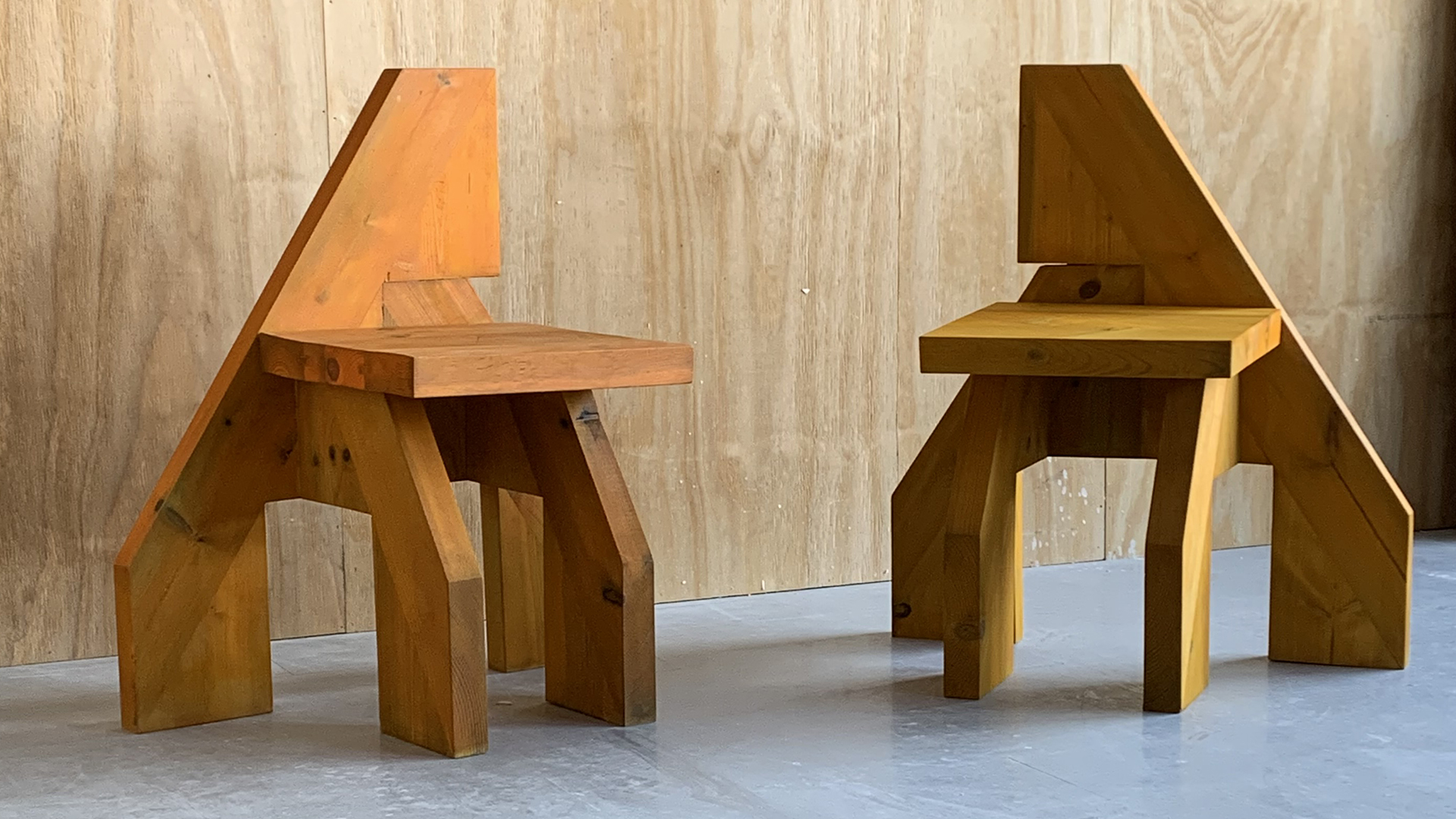
The expression ‘rules were made to be broken’ makes its case through Oslo-based designers Ali Gallefoss and Nebil Zaman, who – while each having their own individual practices – have recently come together to form a collaborative practice called NIFE, with the aim of exploring the potential that lies in collaboration. While the practice is still in its infancy, the designers are open to moving in any direction based on their common interests. “We’re both drawn to things we don’t know much about, and experiment through making. Perhaps this is [our] unifying factor,” the duo says. “From the beginning of this project, we been very careful not to define what NIFE is about, or [define a specific] vision [for it]. We want to let the project develop as we go along,” they explain. “We think in this way we can keep things fresh and open.”
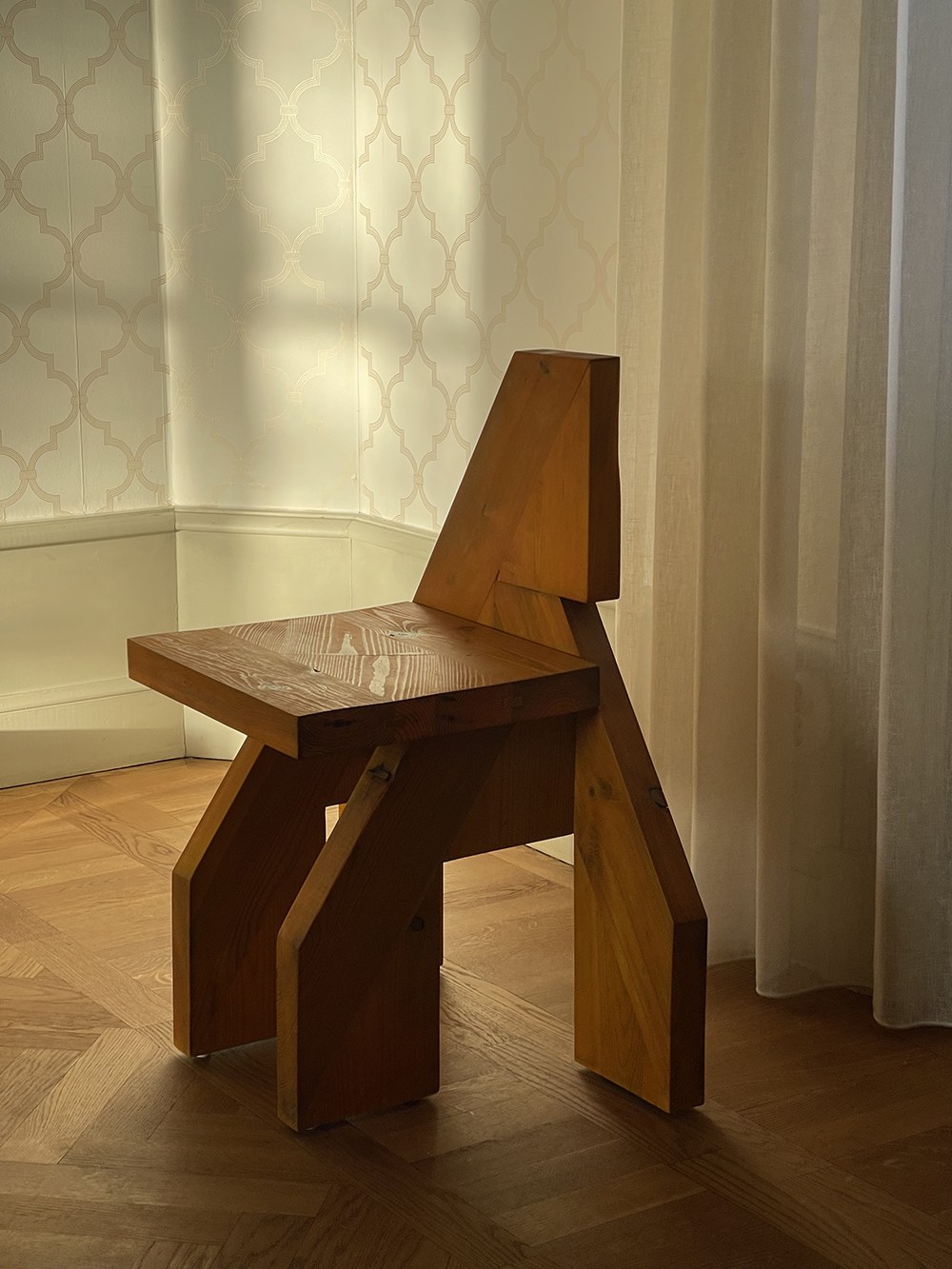
Having both graduated from the Oslo National Academy of the Arts (although not at the same time), the duo came together after meeting at several group shows in Oslo. They now share a studio, where their shared interests in experimenting with materials and making are being explored. Hailing from diverse backgrounds, from fashion (Gallefoss) to woodworking (Zaman), the designers are interested in learning from each other and creating full experiences for clients and viewers.
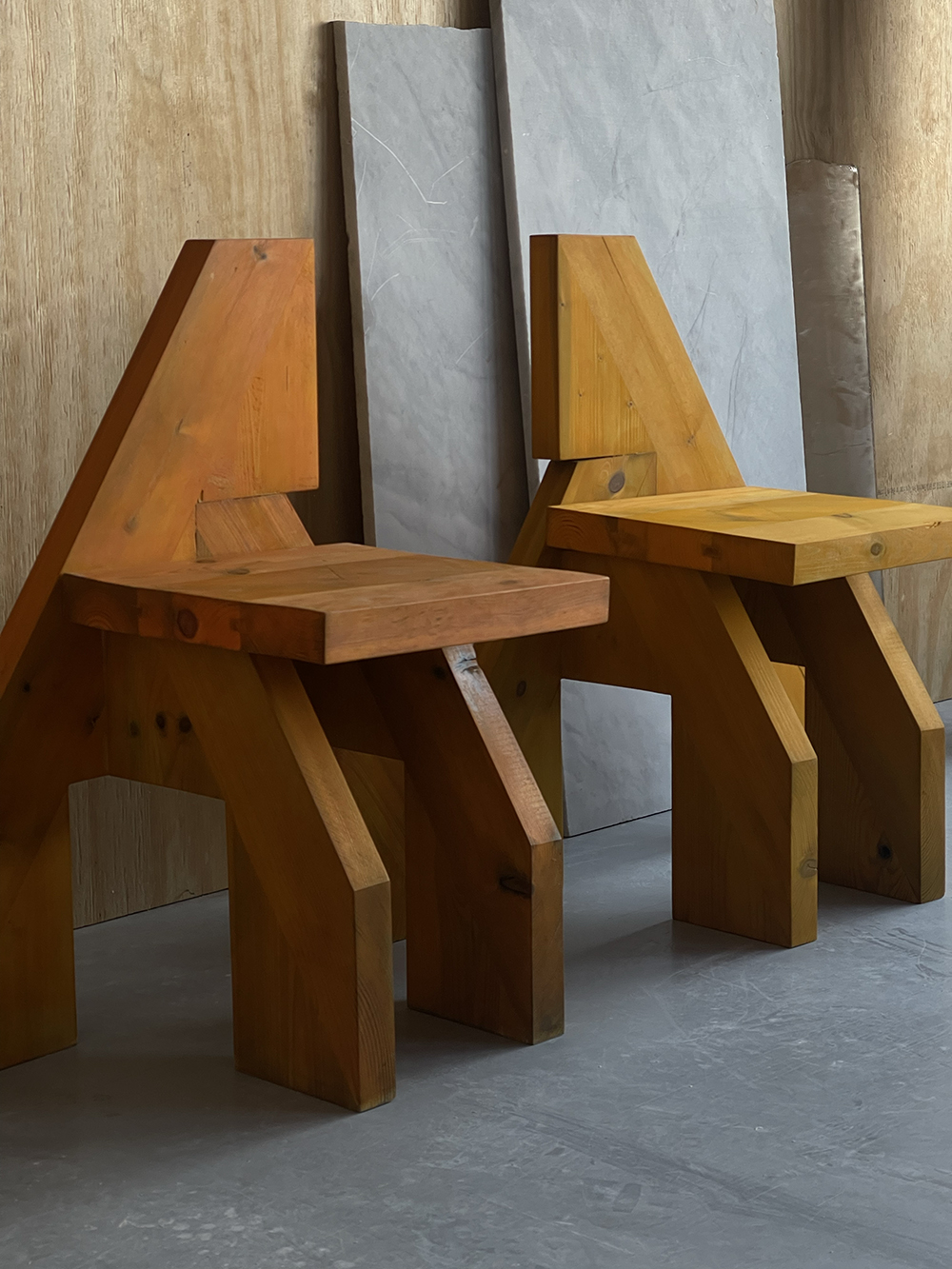
Their first project together is the ‘Two Step, Tree Step’ chair made with prefabricated wood stair stringers, bought from a local hardware store, which are typically used to construct outdoor staircases for outdoor porches. As its name suggests, the chair is made with wooden two-step and three-step stair stringers that are joined together with screws and glue and later stained with textile colour and oil. Assembling the objects sparked excitement in both the designers, who are now setting out to put together an exhibition that will showcase a series of variations based on these materials.

Perhaps what also brings the two designers together is their knack for breaking the rules. Zaman came to Norway with his family as a refugee in 1992, fleeing the war in the Kurdish areas of northern Iraq, and has lived in Oslo ever since. “I’ve liked making things since I was a child,” he remembers. “While most of my friends were into sports, I used to draw and build small huts and other things in the forest.”

Having first started out working with wood, it was working with plaster that gave Zaman the sense of freedom that he’d been seeking. “I started working with plaster while studying at the academy. Back then, I used to be a wood guy. You know, with my background in woodworking, I only cared about wood and worked primarily with traditional techniques in a very strict and precise way. Eventually, I got bored and started experimenting with other materials. When I first worked with plaster, I got totally immersed. It was so weird and different from what I was used to. And very liberating,” he shares.
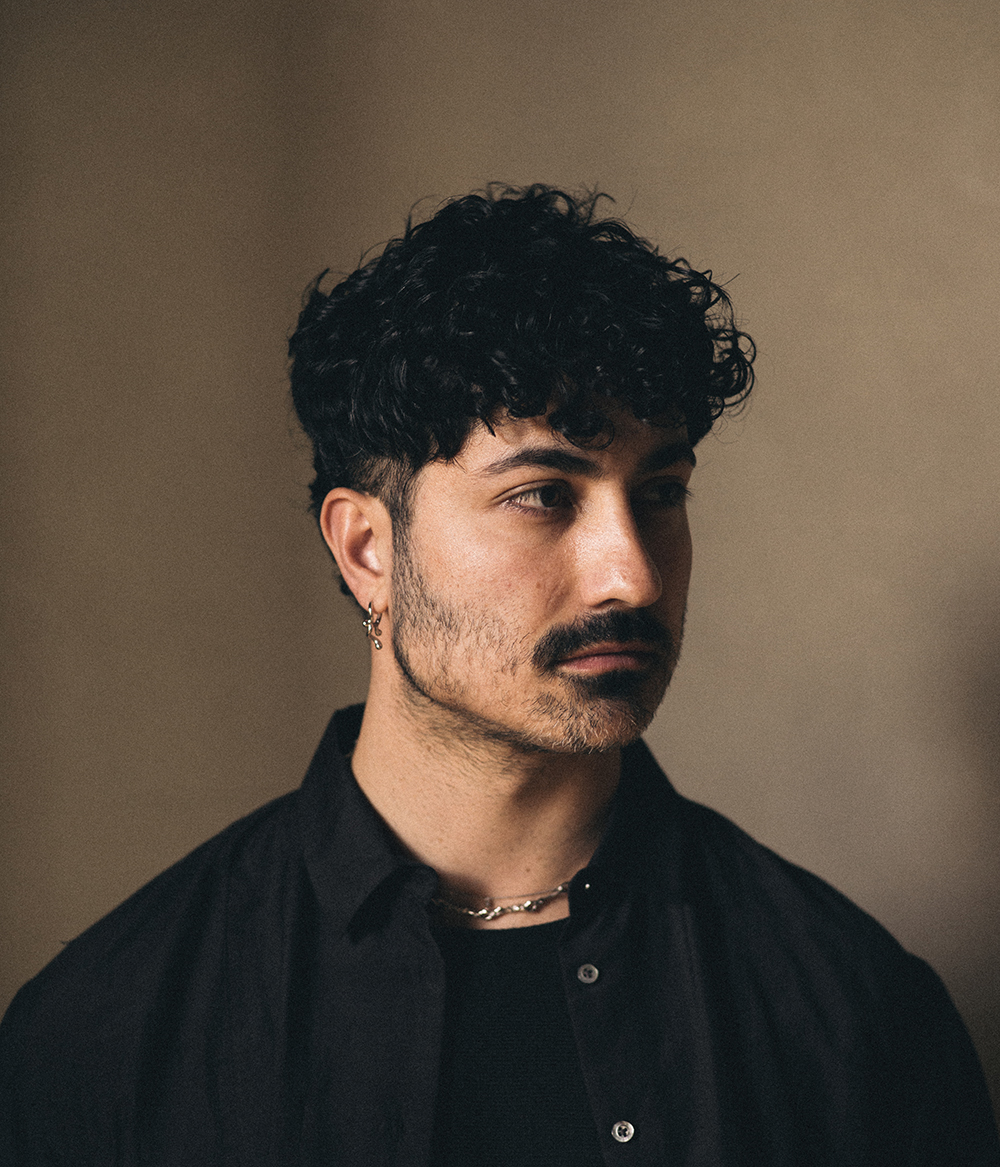
Ali Gallefoss
Zaman’s interests vary between design, architecture and technology and the ways they relate to identity and visual culture. “We often think of furniture as only functional objects. But it’s also much more [than that]. Furniture relates to history, culture, taste and socio-economic status,” he reflects. Then there are the questions of materials and how different technological inventions make room for new ways of generating new aesthetics. “I think of technology as tools that can help us make things more efficient, economical or precise. I view a hammer, digital drawing software or even AI in the same way,” Zaman continues. “They are just tools that can be used in certain ways. I have used digital drawing and fabrication tools in many of my works, but I don’t use them as they are supposed to [be used]. Some of these tools are made to make things very precise, but I’m not interested in that. I use them in a ‘dumb’ way – intentionally. I think this approach can create more unexpected and interesting results. In the end, it’s not what the machines can do that excites me, but how they can be used, as any other tool.”

Nebil Zaman
Gallefoss, on the other hand, grew up between Bergen and Oslo, where his mother – who is a healer and painter – served as his inspiration to carve his own path. “My mother always told me that I could become anything I wanted, and [didn’t put any] limitations on myself or my siblings. I believe [that] her attitude towards life made a solid base for me to break out of traditional Norwegian life,” he remembers.
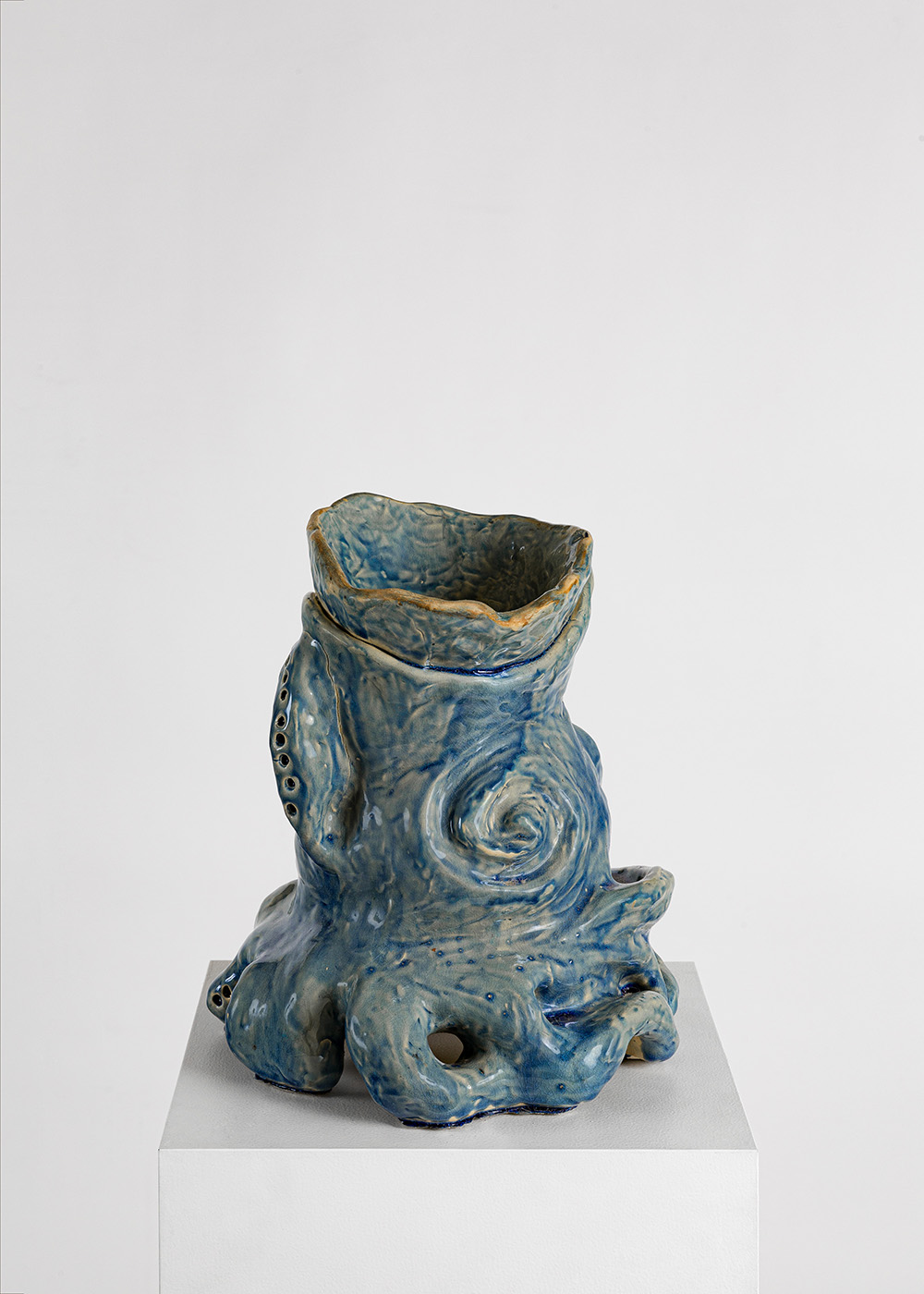
“Natural materials like stone, wood and clay fascinate me,” he continues. “I am [always] trying to add new materials or try new shapes and combinations to see if I can create something new. I am terrified of becoming a one-sided artist that only has one card to play; being old and stuck in routine and comfort. I think the development and variety in my work reflects this feeling.” Gallefoss recently completed a residency at Numeroventi – a design residency in Florence – where he had a solo exhibition titled ‘Material Myths’, showcasing sand-casted aluminium furniture and sculptures, as well as extruded ceramic sculptures – all of which were made in Florence and nearby areas.
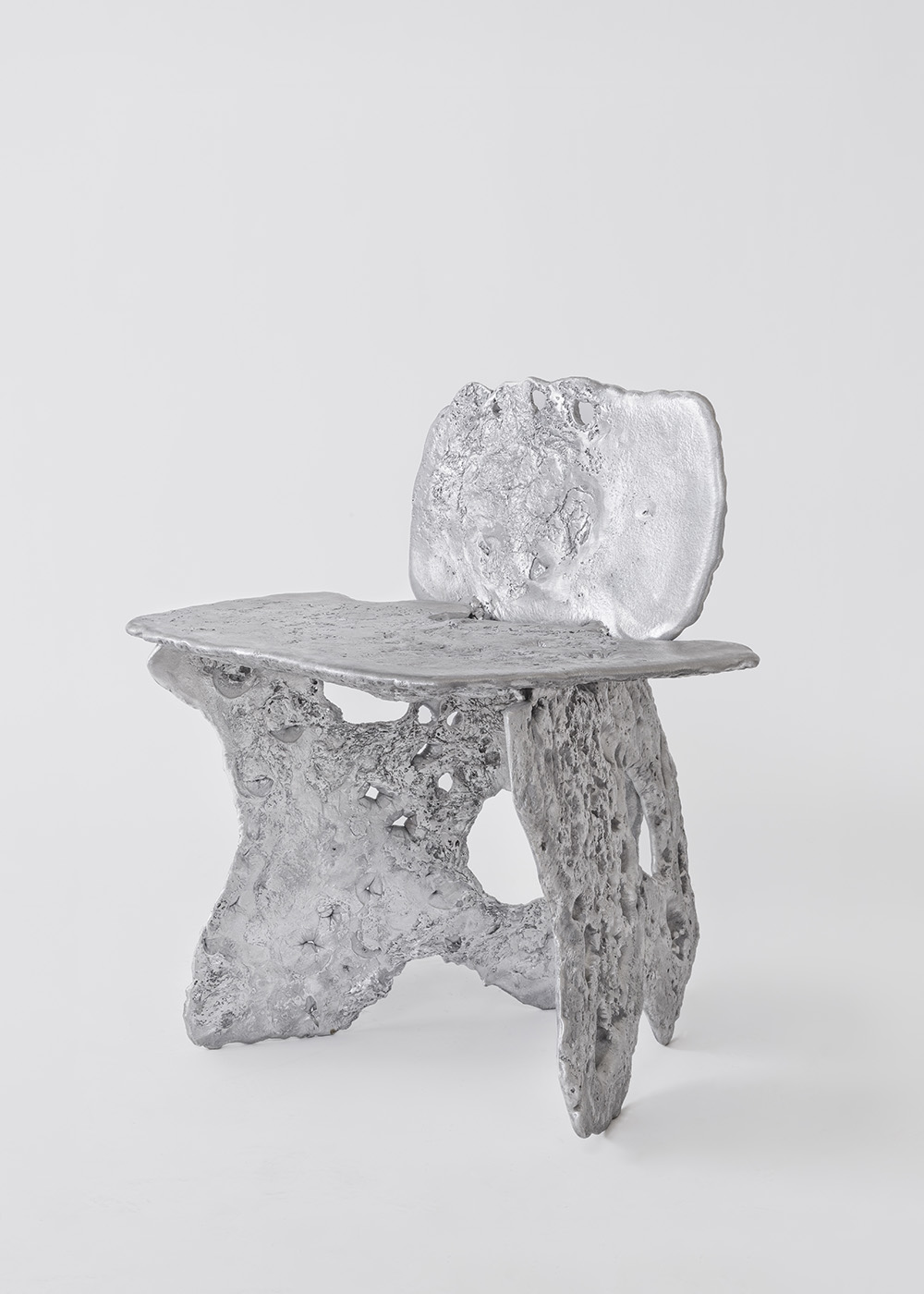
“I have put a lot of energy and time into creating my series of casted aluminium pieces, both before and after the Numeroventi residency. This is the first project where I have explored my experimentations further,” says Gallefoss. “The practical thing about always moving forward to new projects is that I am building a library of opportunity that I can always revisit and develop further.
“My passion is to break barriers for myself,” he continues. “Whether it is by designing furniture, working on spatial design, art or jewellery. I think it is important for the development of the different fields that one moves in-between them.”
The Latest
How Eywa’s design execution is both challenging and exceptional
Mihir Sanganee, Chief Strategy Officer and Co-Founder at Designsmith shares the journey behind shaping the interior fitout of this regenerative design project
Design Take: MEI by 4SPACE
Where heritage meets modern design.
The Choreographer of Letters
Taking place at the Bassam Freiha Art Foundation until 25 January 2026, this landmark exhibition features Nja Mahdaoui, one of the most influential figures in Arab modern art
A Home Away from Home
This home, designed by Blush International at the Atlantis The Royal Residences, perfectly balances practicality and beauty
Design Take: China Tang Dubai
Heritage aesthetics redefined through scale, texture, and vision.
Dubai Design Week: A Retrospective
The identity team were actively involved in Dubai Design Week and Downtown Design, capturing collaborations and taking part in key dialogues with the industry. Here’s an overview.
Highlights of Cairo Design Week 2025
Art, architecture, and culture shaped up this year's Cairo Design Week.
A Modern Haven
Sophie Paterson Interiors brings a refined, contemporary sensibility to a family home in Oman, blending soft luxury with subtle nods to local heritage
Past Reveals Future
Maison&Objet Paris returns from 15 to 19 January 2026 under the banner of excellence and savoir-faire
Sensory Design
Designed by Wangan Studio, this avant-garde space, dedicated to care, feels like a contemporary art gallery
Winner’s Panel with IF Hub
identity gathered for a conversation on 'The Art of Design - Curation and Storytelling'.
Building Spaces That Endure
identity hosted a panel in collaboration with GROHE.

